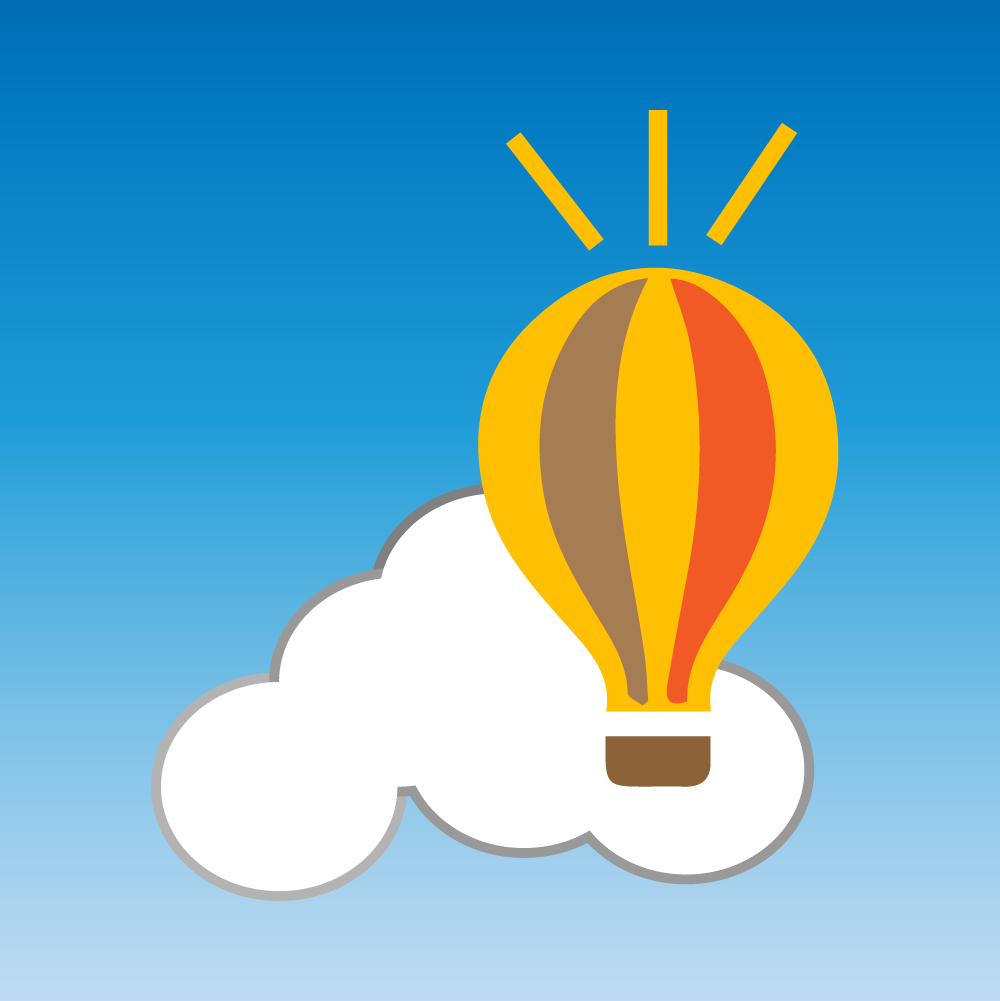Glee.me
Designing a smartphone application for tracking happiness levels to understand the correlations between personal happiness and daily activities to empower users to make more happiness maximising decisions.
Logo Design
This logo captures the three quotes that I associate with happiness: 1) Happiness is a hot air balloon rising over all as it goes to space 2) Happiness can be found in the darkest of times, if one remembers to turn off the light 3) The secret to happiness is to find the silver lining on stormy clouds.

Type
- Personal Project
My Role
- User Researcher
- Interaction Designer
- Application Designer
Project Timeline
- February 2017 - May 2017
Tools Used
- Sketch
- Illustrator
UX best practices
- Heuristic Evaluation
- Prototyping and Storyboarding
- Wireframes and Mockups
Purpose
My happiness is not a number and it is not binary
As a graduate student I understand that the purpose of my education here is to empower me with tools or skill sets to help me lead a happier more fulfilling life and then help others do the same. With this as my mission statement, I embarked on my personal project of mappiness (mapping my happiness) to understand my happiness better so I make more happiness maximising choices every step of the way. First, it involved acknowledging that my happiness is not selfish. It is beautiful, pervasive and an intrinsic reward.
To start my journey, I took a Coursera course called A life of happiness and fulfillment to better understand the science behind happiness. The more I understand and research the science behind it, the more I believe that happiness is an art. First, I realised that I had to define what happiness meant for me as we devalue things we don’t understand.
A feeling of being content with the reality of life, a sense of purpose that inspires creativity and passion, feeling gratitude towards there and compassion towards self.
Putting my happiness definition in words, made me realise that most of my actions reflected medium maximisation: forgetting what I really wanted and chasing mediums that were supposed to get me where I wanted. Where was I going anyways? I decided that happiness is not a final goal that I intended to reach by the end of this project but a process I immerse myself into whilst doing this project. I am design thinking my happiness.
Based on my new found definition of happiness, I am defining my purpose in this project:
Designing with a sense of purpose channeling creativity and passion to induce feelings of gratitude and compassion by self-reflection.
Studying self-compassion and gratitude encouraged me to better understand connections, to recognise common humanity with people. I believe that this was an important milestone for me as a UX researcher.
Project Description
Glee.me is a smartphone application that uses concepts of experience sampling and day recollection method (DRM) for subjective well-being assessment. Analysing well-being scores would involve trend analysis and visualisation to promote self reflection and behavioural change. This application will aim to define design principles for non-judgemental design in the space of mental health applications. Over the course of this project, I will maintain a happiness diary, take weekly subjective well-being tests, get certified on the course and create a design prototype for a smartphone application called Glee.me. In the end I hope to answer the following questions:
-
Did self-tracking my happiness represent my happiness trends accurately?
-
Did self-tracking improve my happiness levels?
-
Did I find correlations in my mediums and the reasons for my happiness?
-
Did this tool empower me in my search for happiness?
-
Did I feel objectively judged/ depressed / insecure about the happiness scores I received?
Initial work
Before I started designing the application, I decided to evaluate existing applications in the space of mood tracking and mental health. These included: Mood track, Track my Happiness, moodPanda etc and evaluated them on a general health application evaluation scale. Pain points and features were extracted.
Mood board
Current work
-
Earn a verified Coursera certificate on the following course: A Life of Happiness and Fulfillment: Dr Rajagopal Raghunathan
-
Maintaining a happiness diary tracking the journey of understanding the science behind happiness, taking more happiness maximising decisions to lead a fuller life and taking subjective well-being tests for objective comparison of happiness levels.
-
Testing of applications in the mental health space to study design patterns and how they relate to intuitive non-judgemental apps
-
Creating prototypes for smartphone application glee.me